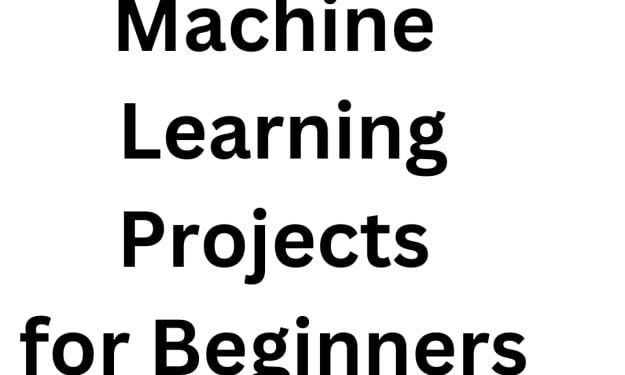How To Increase the Accuracy of Machine Learning Model?
Machine Learning

Know How to Increase the Accuracy of the Machine Learning Model by over 90%
Data scientists are well aware of the challenges they face because of enormous amounts of data; it takes a lot of effort & time to filter, classify and label the data. In any Machine learning model, accuracy depends on how well the data is structured, organized, and analyzed.
Model accuracy refers to how best a machine learning model can relate and compare data variables. The best model works well with previous datasets and also new datasets.
The accuracy of the machine learning models plays a significant role, as insights drawn from these models are used to make key business decisions. Low-accuracy models will lead to many errors in results and poor decision-making.
5 Ways to Improve Accuracy of Machine Learning Models
Enhancing the accuracy of the ML models is challenging and requires us to try and adopt various methods. Some proven methods resulting in more accurate machine-learning models:-
Add More Datasets
Data provides various information about the project; it might be revenue, customer reviews, loss, profit, and growth rate. The larger datasets provide a larger view of the data analysis. Large datasets avoid miscorrelations and poor comparisons. When you add more data, the model can identify more similar cases. This is one of the straight following methods.
Treat Missing and Outlier values
If the training data consists of unwanted missing and outlier values, it lowers the accuracy of the ML model leading to false predictions. This happens when there is an improper analysis of different data variables.
Missing values must be incorporated with mean, mode, and median values by creating a separate class for these missing variables.
We can treat outlier values by deleting unnecessary observations and correlations.
Hence treating missing and outlier values improves accuracy in the results of the ML model
Feature Engineering
Making the best use of existing data is to extract more information in the form of new features. This helps in providing a better explanation of the variance of different variables. Featured engineering is based on hypothesis generation that transforms raw data into a feature that shows the underlying problem to be solved.
Feature Selection
This step helps improve ML models' accuracy. The process involves choosing valuable features from the dataset that best explains the relationship of independent variables with target variables.
Choosing many features is not preferable as the model becomes overfit, and low features lead to a underfit model. We can choose features based on domain knowledge, visualization, and statistical data.
Multiple Algorithms
It is obvious that just trying one algorithm with the ML model doesn’t provide accurate results. Trying different algorithms will reveal more possible cases about your data. We have to choose algorithms that suit best to our dataset.
Ensemble Learning is a popular method of choosing multiple learning algorithms in conjunction. This allows the machine learning model to have a higher-accuracy prediction. Some of the ensemble algorithms are Random forests, XGBoost, Gradient boost, and AdaBoost.
End Note
For good performance in your projects, better Machine learning techniques are required to improve accuracy in ML models. Reaching an 80% accuracy model is no more an accomplishment, many companies demand minimum 90% accuracy of ML models.
You might have tried many ways to develop an efficient and productive ML model, but not updating your ML skills seriously impacts your performance. To learn more about Machine learning models and algorithms, you should enroll in Advanced Artificial Intelligence and Machine Learning Program that enhances your value in the job market.





Comments
There are no comments for this story
Be the first to respond and start the conversation.